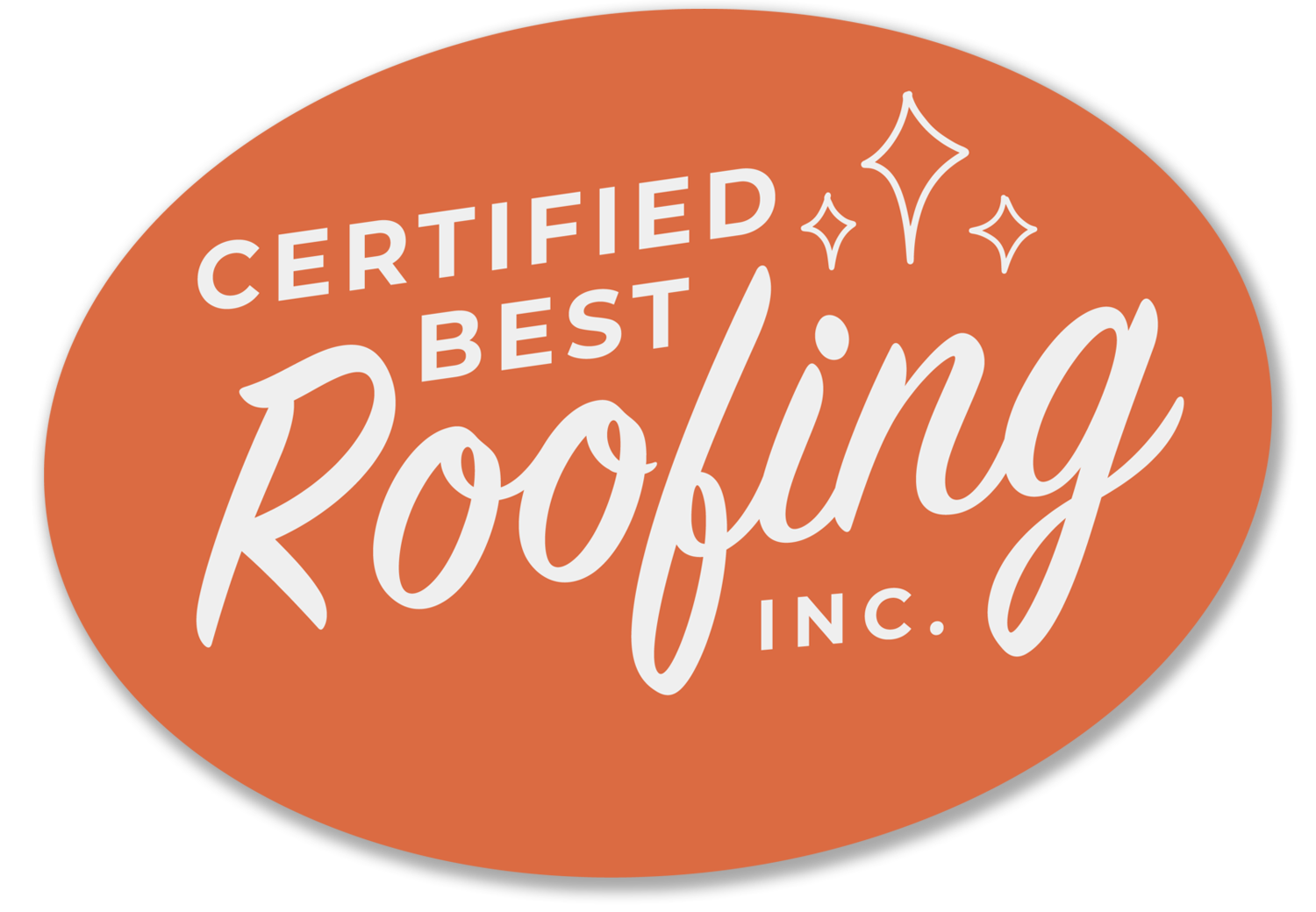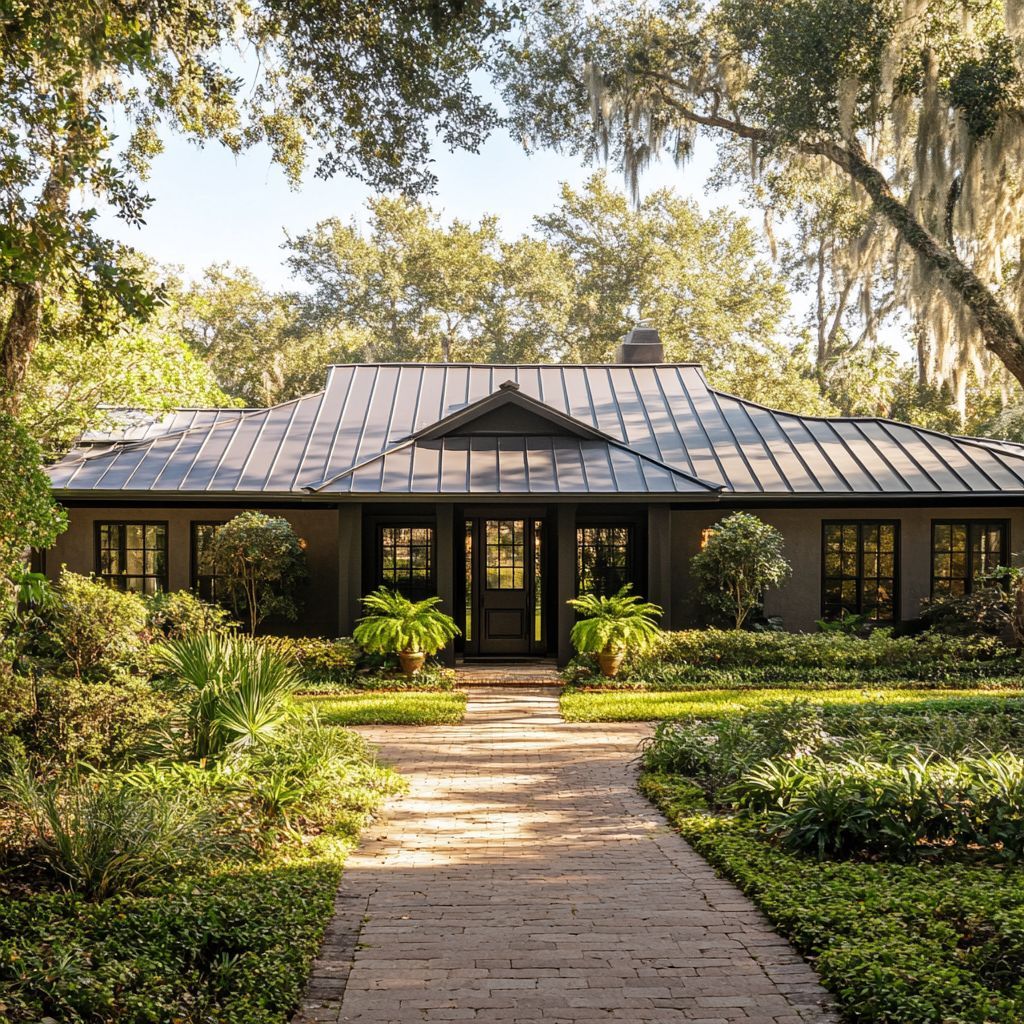Financing Options Available - Learn More
9 Common Roofing Problems and How to Fix Them
Roofs are an essential part of any home, protecting us from the elements and ensuring our comfort. However, they can encounter their fair share of issues over time. In this blog, we'll explore some common roofing problems and how to effectively address them. By understanding these issues, you'll be better equipped to maintain your roof and keep your home safe and secure.
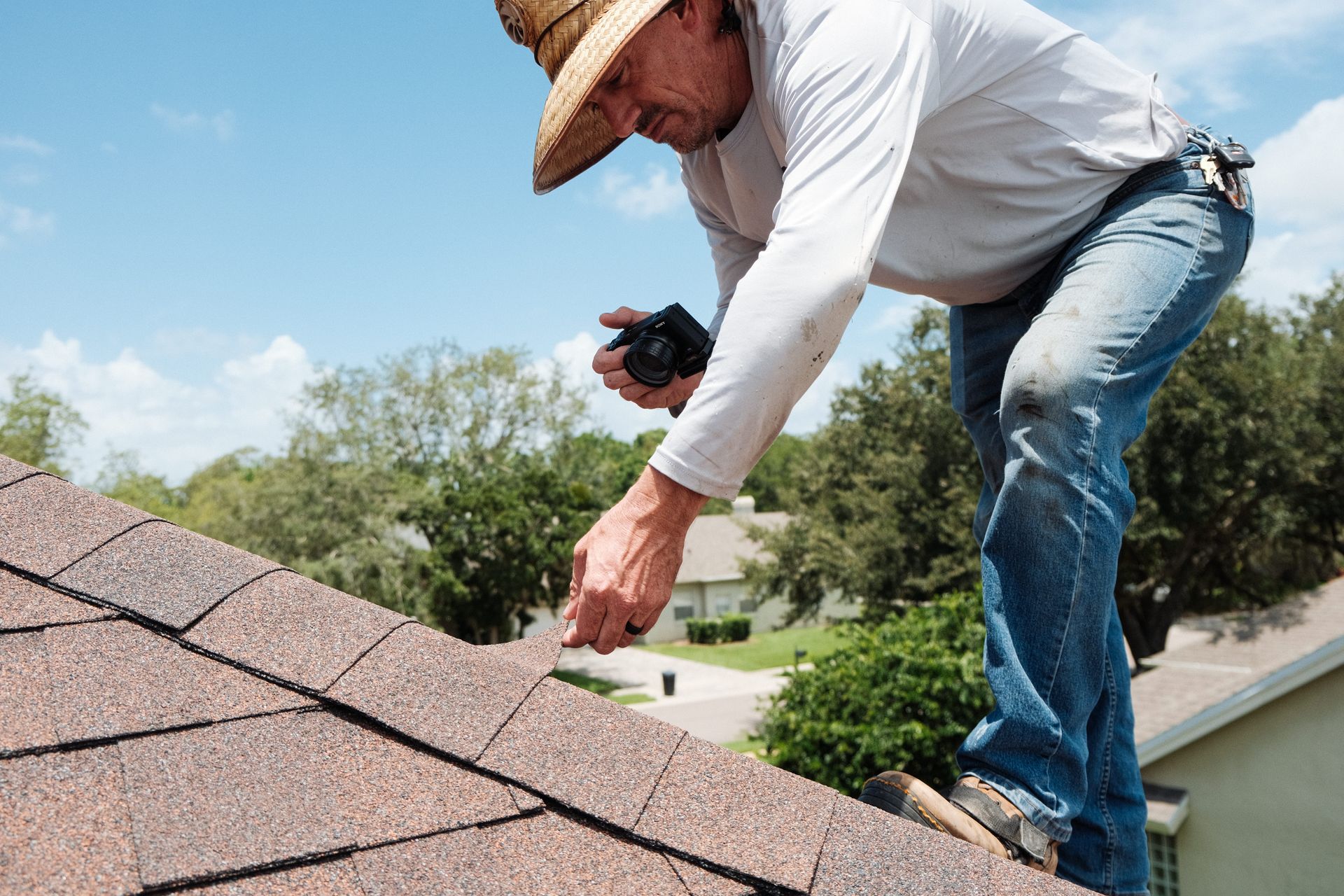
1. Leaky Roofs and Their Causes
Leaky roofs are one of the most common and problematic issues homeowners face. They can arise from various sources, including worn-out shingles, improper flashing, and even cracks in your roofing materials. The first sign of a leak is often water stains on your ceilings or walls, which can lead to serious structural damage if not addressed promptly. It's crucial to inspect your roof regularly, especially after severe weather, to catch any potential leaks before they escalate into bigger problems.
To fix a leaky roof, the approach might depend on the cause. If it’s a missing shingle, you can typically replace it yourself. However, if the issue is related to flashing or deeper structural problems, it’s best to consult a professional. Regular maintenance can save you a significant amount of money down the road, ensuring your roof doesn’t fall victim to water damage.
2. Damaged Shingles: Recognizing the Signs
Damaged shingles can lead to a host of problems and often serve as an early warning sign that maintenance is needed. Signs of damaged shingles may include curling, cracking, or even missing shingles altogether. A thorough inspection of your roof can help you identify these issues. Look out for granules in your gutters, as this indicates your shingles might be deteriorating.
Addressing damaged shingles is vital for maintaining the integrity of your roof. If you spot a few damaged shingles, replacing them might be within your skill set. However, if the damage is widespread, it’s a good idea to hire a professional to assess the total condition of your roof. Regular inspections can help you catch these signs early on, allowing your roof to provide protection for years to come.
3. Pooling Water Issues
Pooling water on your roof can lead to significant problems, including leaks and structural damage. This issue typically arises from poor drainage or flat roofs that lack a sufficient slope. When water is allowed to sit, it can seep into underlying materials, weakening the roof over time. Early detection of pooling water is key, as addressing it promptly can prevent more costly repairs in the future.
To fix pooling water issues, consider establishing proper roof drainage with gutters and downspouts that lead water away from the foundation. Additionally, if you have a flat roof, adding a slight slope can improve water drainage. Regularly check your roof after rainstorms to assess drainage efficiency and clear away any debris that could block water flow.
4. The Impact of Moss and Algae Growth
Moss and algae can create unsightly patches on your roof, but their impact goes beyond aesthetics. These growths can trap moisture against your roofing materials, leading to decay and damage over time. If left untreated, moss can also lift and displace shingles, creating pathways for leaks to form. Identifying and addressing moss and algae growth early is essential for maintaining your roof's longevity.
To combat moss and algae, consider using a roof cleaning solution designed specifically for this purpose. Be sure to follow all safety instructions and consider hiring a professional for larger roofs. Moving forward, keep trees trimmed to reduce shading and increase sunlight on your roof, as this will help deter future growth. Regular maintenance is key in keeping your roof in top condition.
5. Rooftop Ventilation Problems
Proper ventilation is crucial for maintaining the health of your roof. Without adequate airflow, heat and moisture can build up in your attic, potentially leading to premature deterioration of your roofing materials and increased energy costs. Signs of ventilation problems may include condensation on roofing materials or excessive heat in your attic during the summer months.
To improve rooftop ventilation, you might consider installing vents or exhaust fans in your attic space. Ridge vents are particularly effective as they allow hot air to escape while pulling in cooler air from the eaves. Regularly check your roofing system to ensure your vents are free of obstructions, as this can significantly affect ventilation efficiency and your roof's overall health.
6. Flashing Failures and Fixes
Flashing is critical for preventing leaks at joints and around projections like chimneys and vents. When flashing is improperly installed or deteriorates over time, it can cause severe damage to your roof. Common signs of flashing failure include rust or corrosion around metal flashings or signs of water damage around chimneys. Properly maintained flashing can save your roof from unnecessary leaks and costly repairs.
If you notice flashing failures, the best course of action is to replace or repair the damaged areas. Check for cracks, loose pieces, or areas of buildup that might trap water. For those unfamiliar with roofing work, hiring a professional can ensure that the flashing is correctly installed and sealed, providing reliable protection against the elements.
7. Debris Buildup and Its Consequences
Debris buildup on your roof can create several issues, including the risk of water pooling and increased weight on your roofing structure. Common forms of debris include leaves, twigs, and dirt, all of which can block drainage pathways and encourage mold growth. Regular cleaning is essential to maintain the health of your roof. Ignoring debris can lead to unexpected problems down the line, so it's best to stay proactive.
To prevent debris buildup, regularly inspect your roof and clean out any gutters and downspouts. You might also consider investing in gutter guards to minimize the amount of debris that makes its way onto your roof. Keeping your rooftop clear will help ensure that it continues to function effectively and can extend the lifespan of your roofing materials.
8. Outdated Roofing Materials: When to Replace
Outdated roofing materials can result in inefficiencies, leaks, and other significant problems. If your roof is old, it might be time to consider replacement options. In most cases, asphalt shingles last around 20-30 years, while metal roofs may last longer. Signs that your roofing materials are no longer effective include significant wear, curling, and sagging. Staying aware of the condition of your roof can give you peace of mind.
When the time comes to replace your roof, research various material options suited to your climate and style preference. Modern materials often provide enhanced durability and energy efficiency compared to those of previous decades. Consulting with a qualified professional can help guide you in making the best choice for your home and budget.
9. The Importance of Regular Roof Inspections
Regular roof inspections are vital to extending the life of your roofing system. By catching issues early, such as leaks, damage, or wear, you can avoid much more expensive repairs down the line. It’s recommended to inspect your roof at least twice a year, and more often after severe weather events. A proactive approach to roof maintenance will ensure your home remains protected.
When conducting inspections, look for key signs such as missing or damaged shingles, moss growth, and flashing integrity. If necessary, scheduling professional inspections can offer expert insight into the condition of your roof, allowing you to prioritize repairs and ensure that your roof is in optimal shape to safeguard your home.
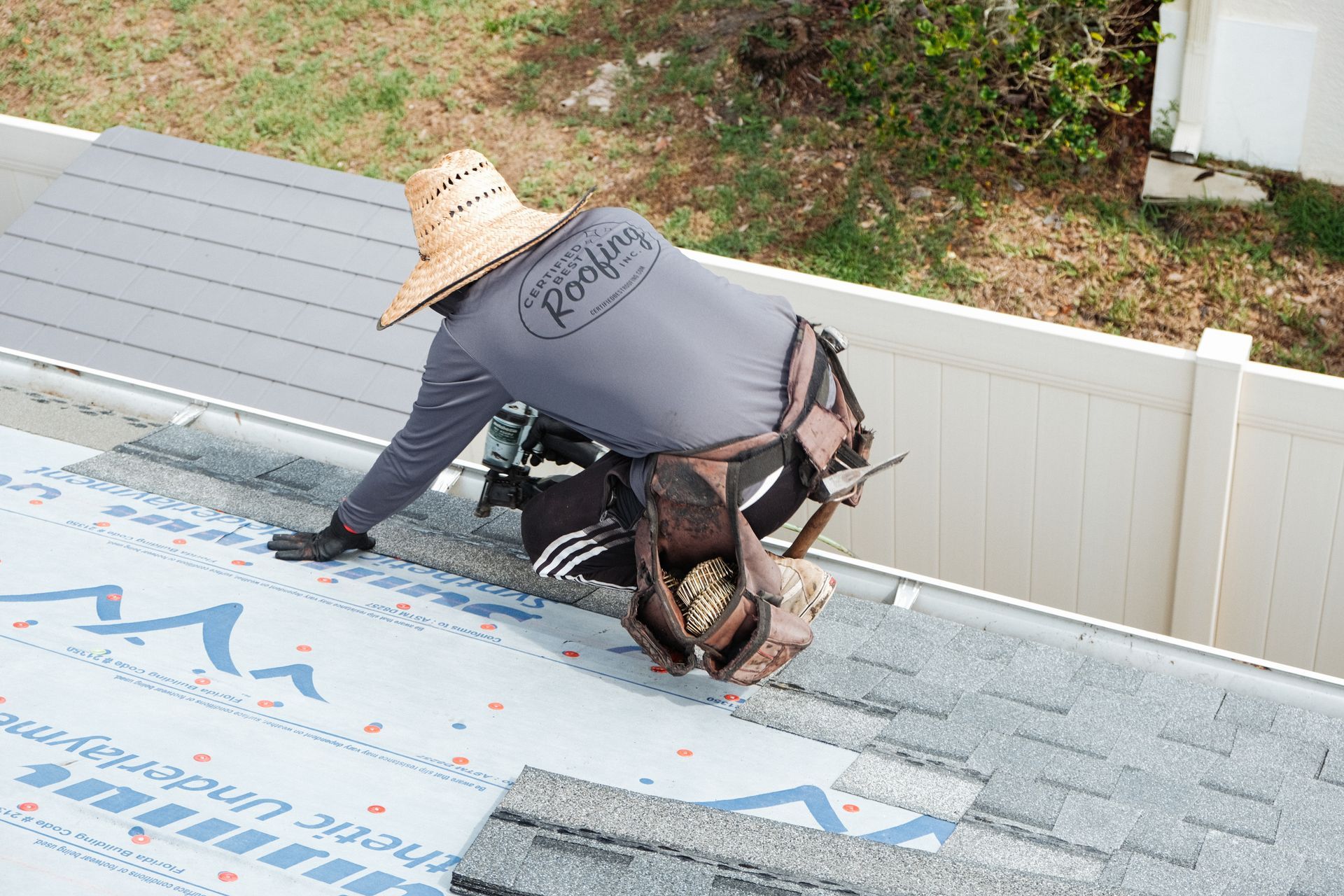
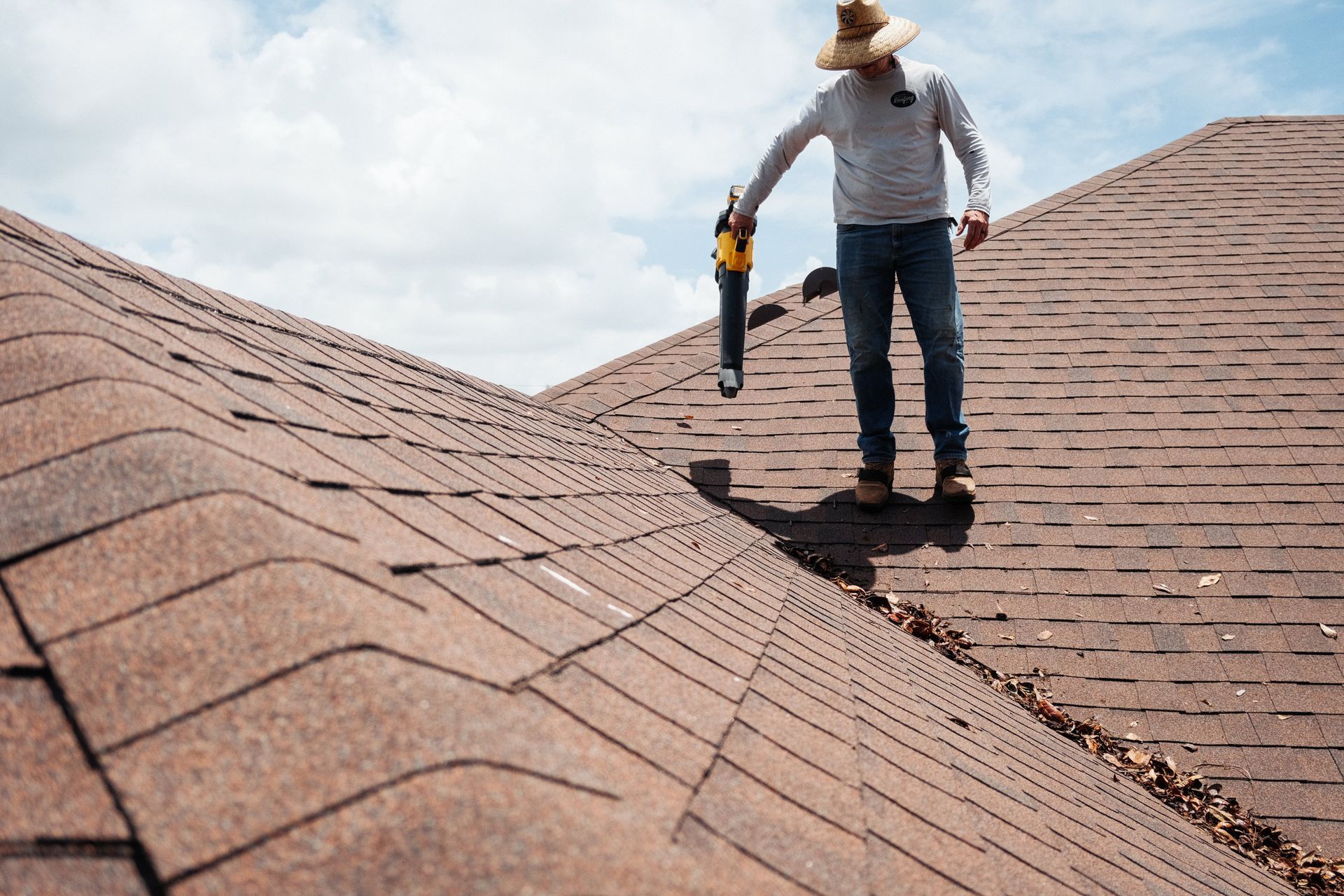
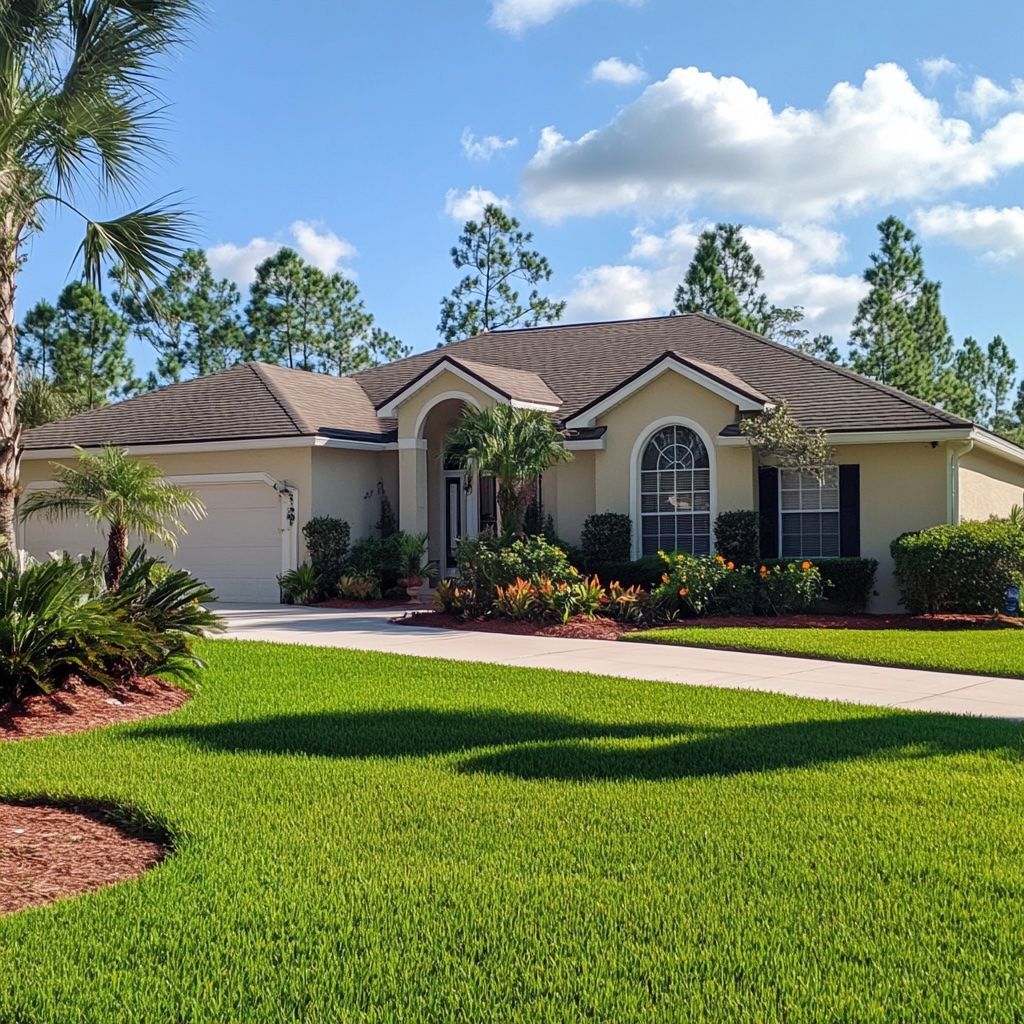
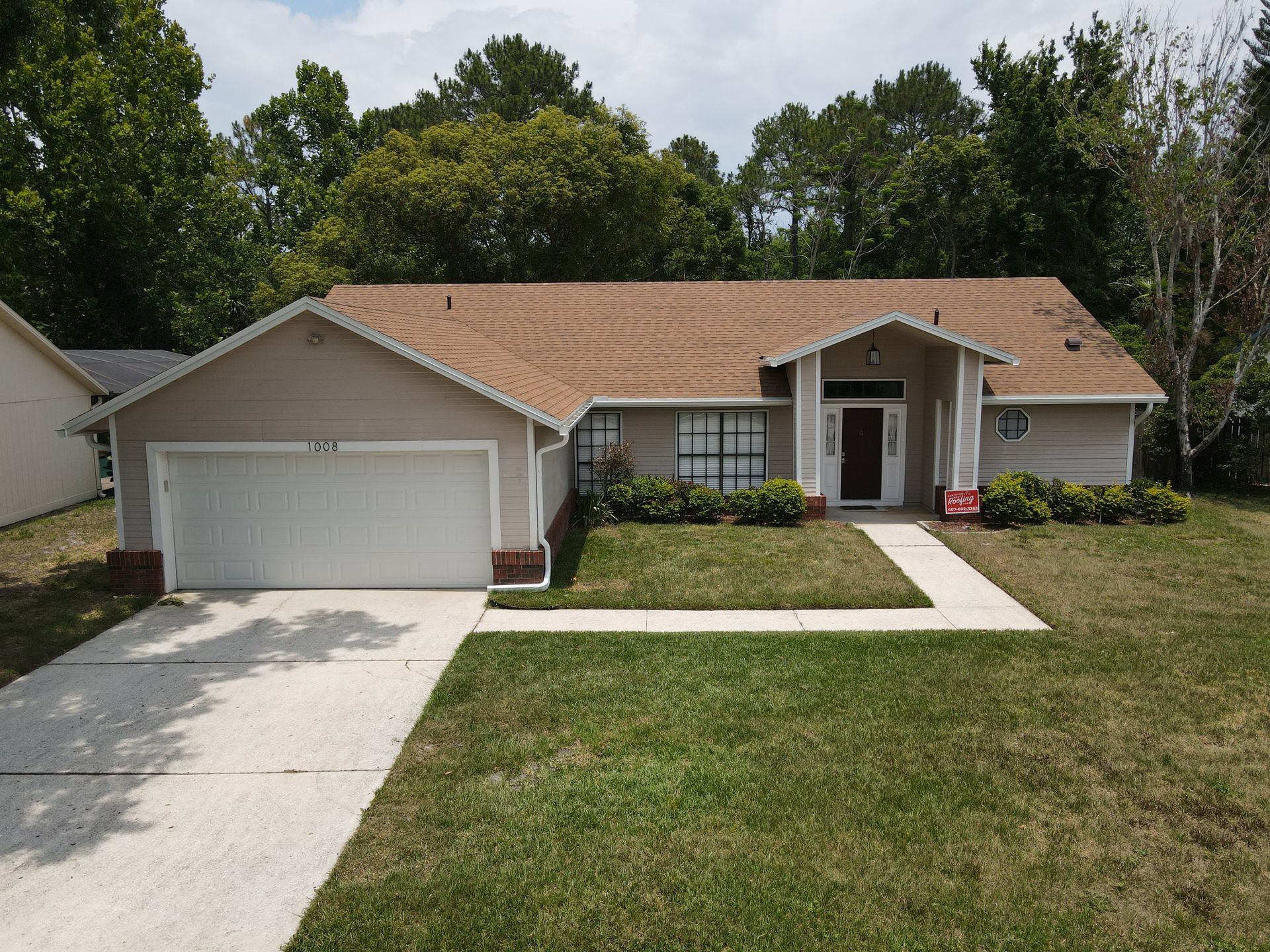

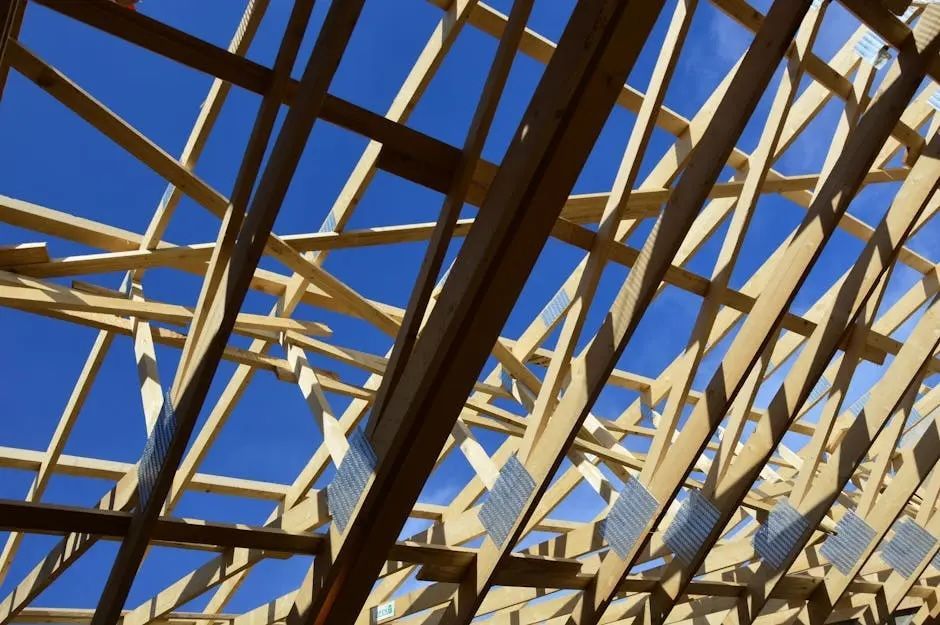
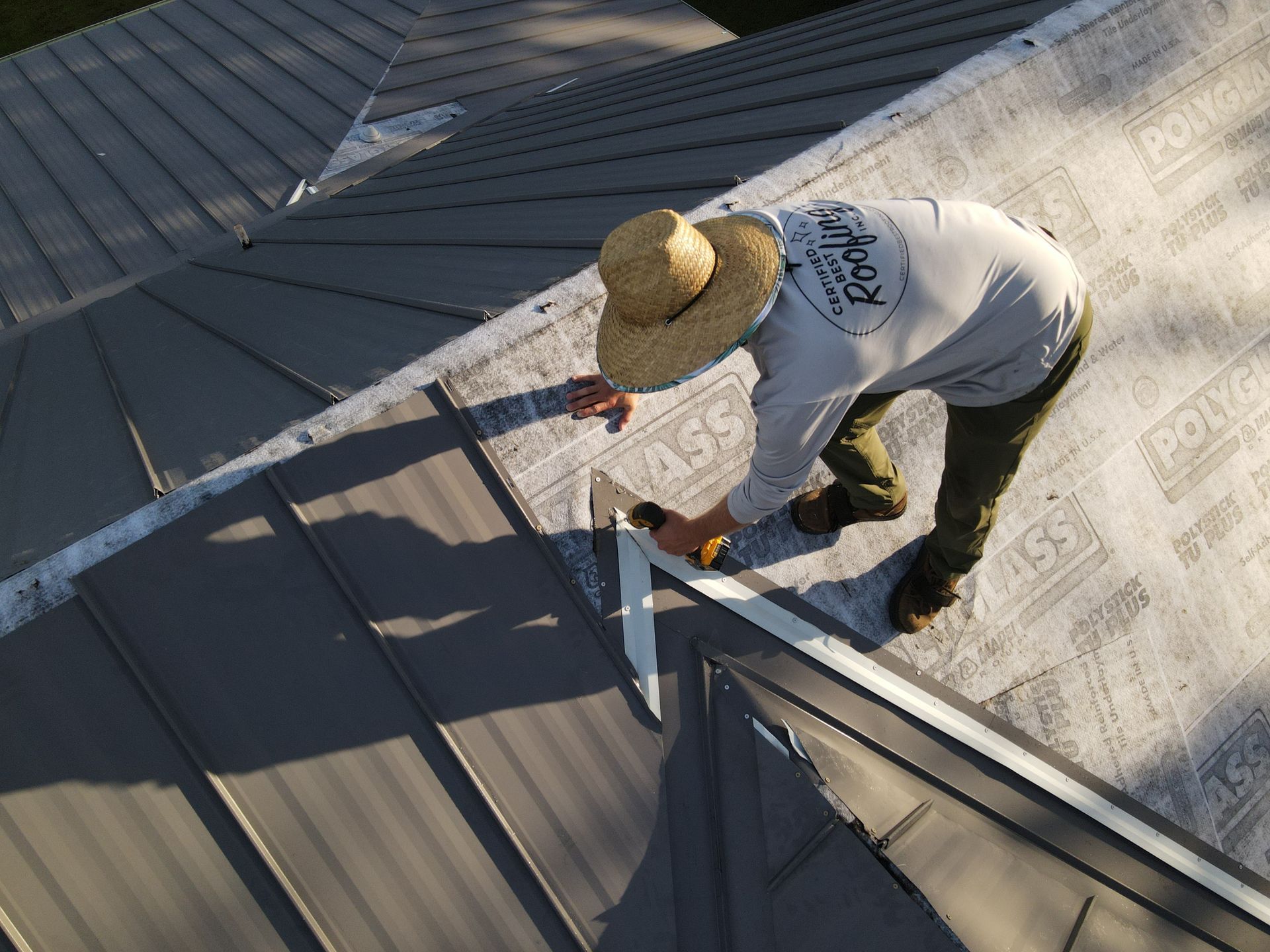
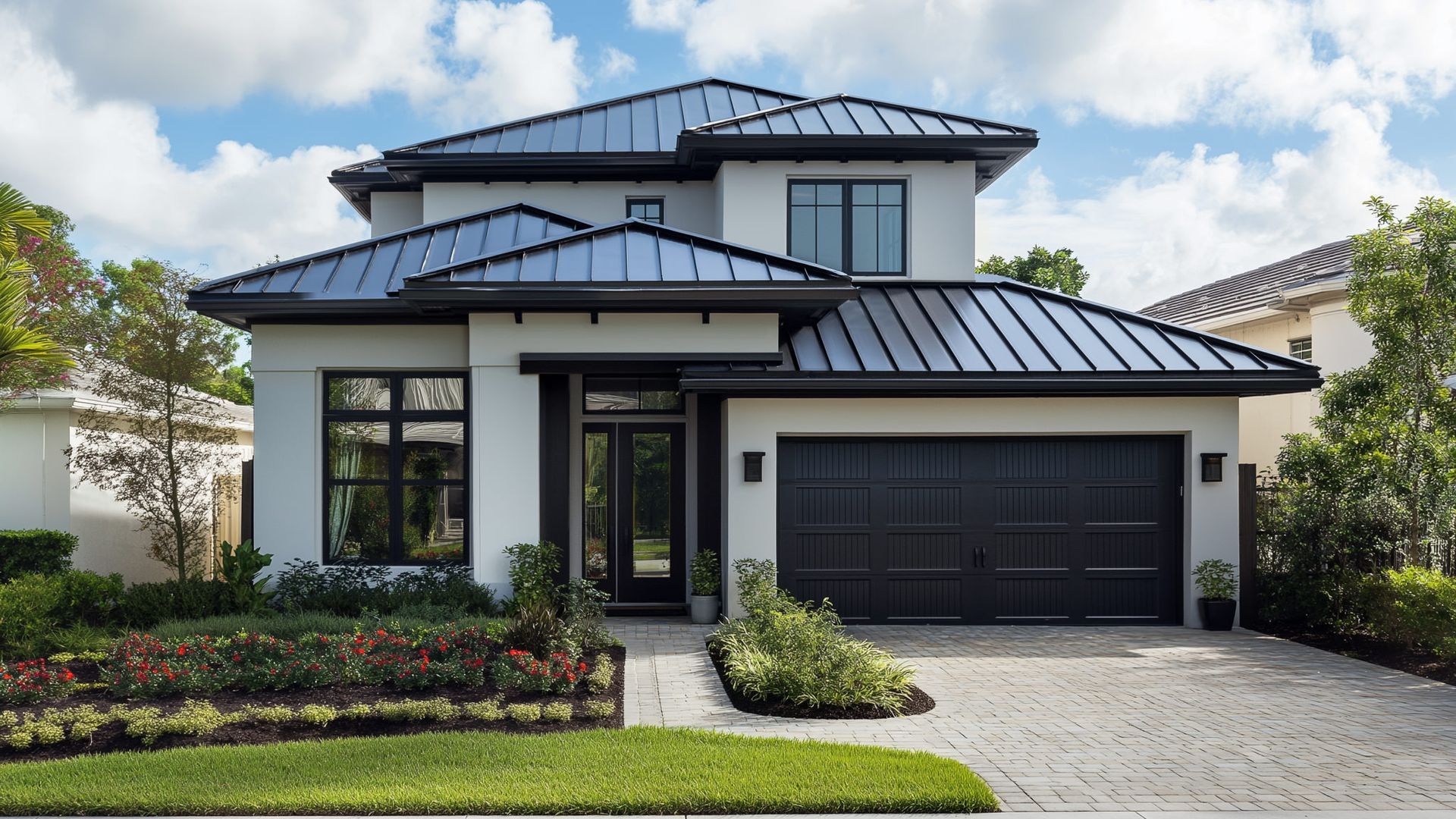
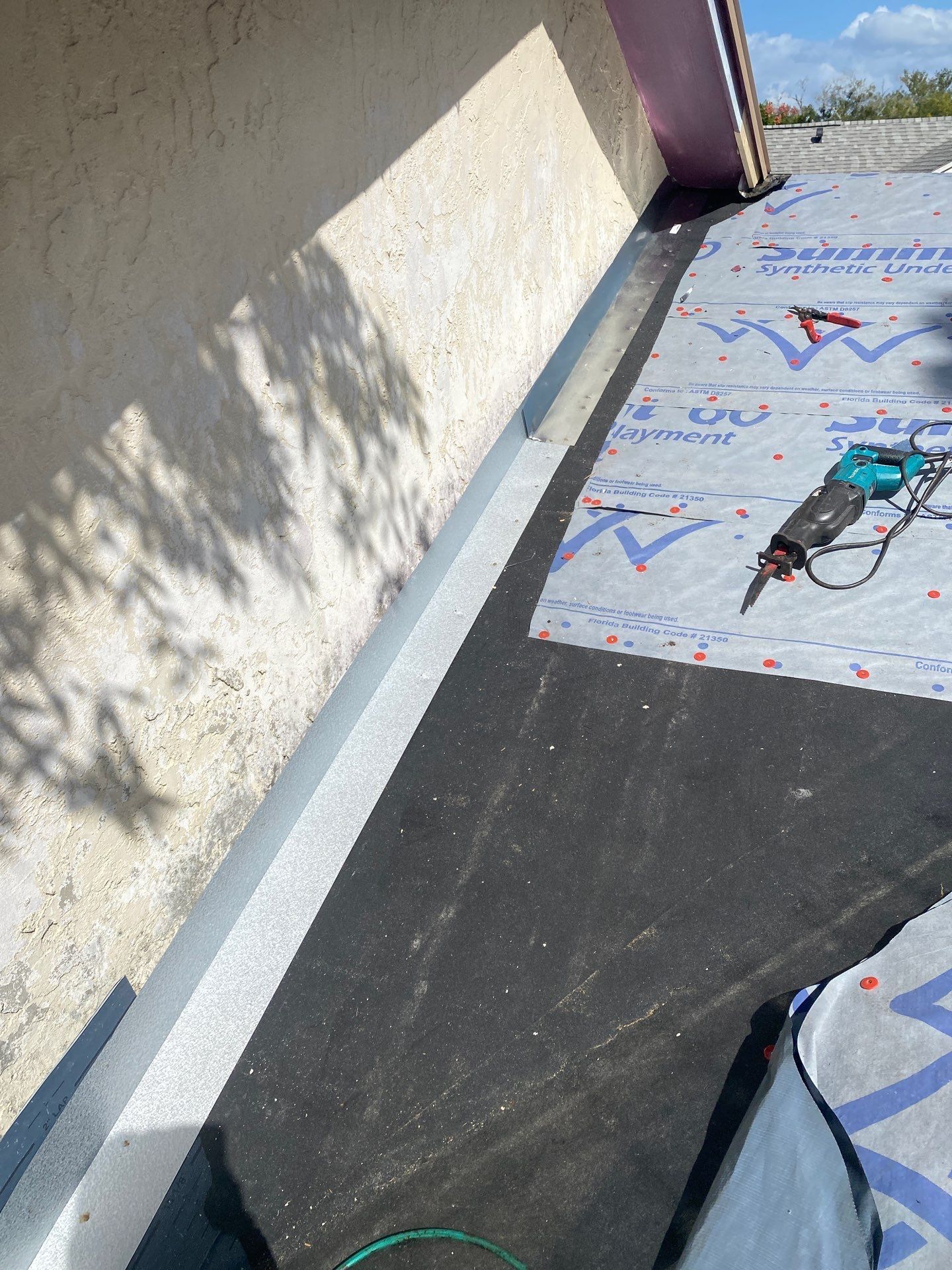
All Rights Reserved | Certifed Best Roofing
Speak With A Roof Specialist | Leave a Review | Privacy Policy
*Contact us for details about our 20 Year Labor Warranty
Roofing License #CCC1333012
CRC License #CRC1333546
